Chantemerle, on the heights of Samoëns
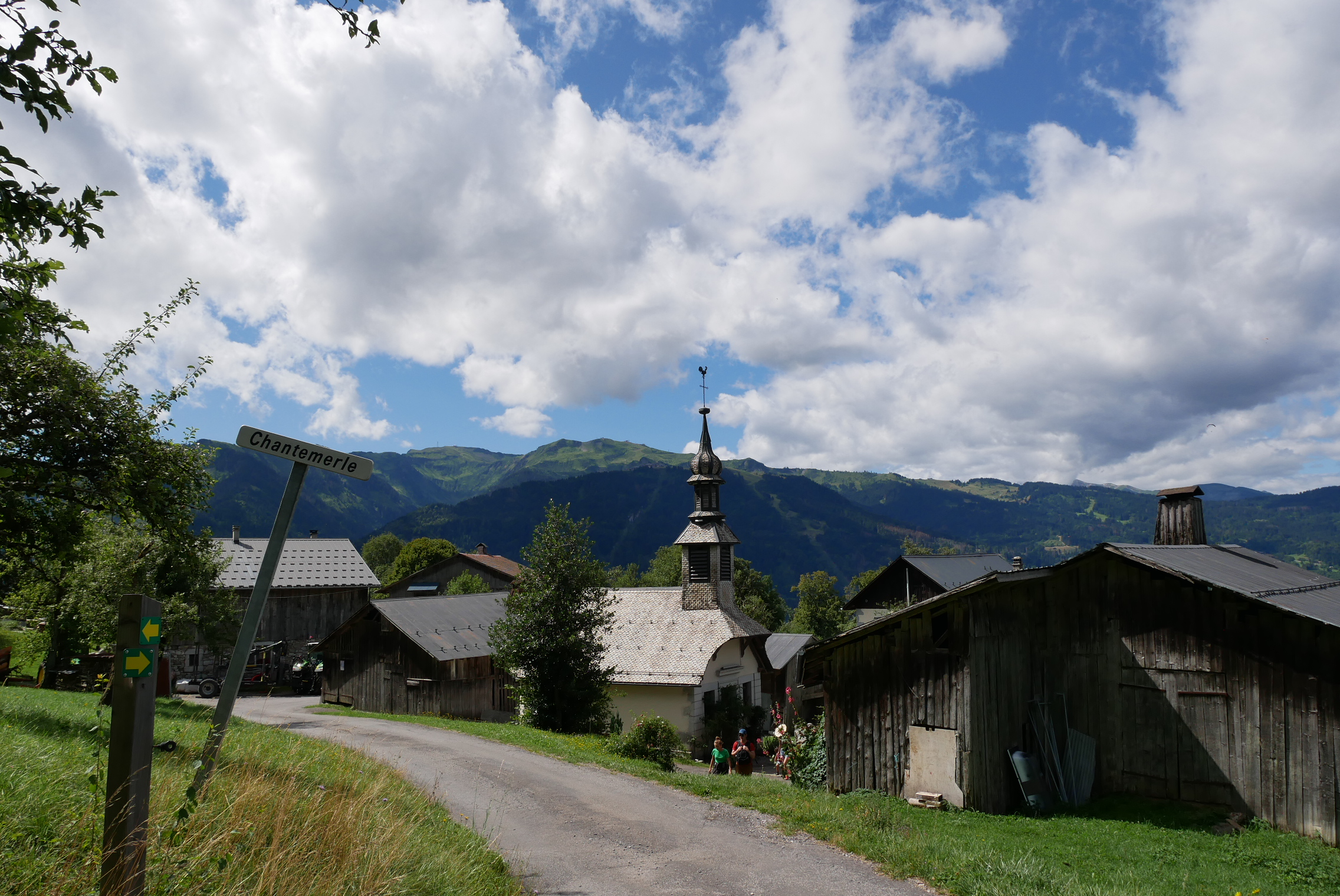
Samoëns
Chantemerle, on the heights of Samoëns
Medium
2h
5,5km
+422m
-422m
Embed this item to access it offline
Find out more about the vital role of bats, but also about our role in light pollution and waste!
Attachment
- Downloadpdf
chantemerle-sur-les-hauteurs-de-samoens
Credit: Points d'intérêts du parcours - Asters-CEN74
4 points of interest
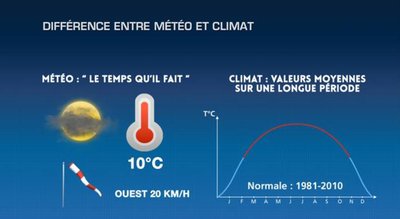
©LaChaîneMétéo 
Weather vs Climate
Weather forecast is the assessment of what the weather will be like over a short period of time. Forecasts are made on the basis of fluid mechanics, combining factors such as air, wind and water... Climate is the study of meteorological variables over a long period of time (30 years by convention). Several parameters distinguish weather from climate: - The time scale: weather forecasts are made over a week, whereas climate trends are thought out over a decade or even a century. - The geographical scale: weather forecasts are local, whereas climate forecasts look at trends over an entire region, or even the planet. In short: weather forecasts look at day-to-day fluctuations, whereas climate forecasts look at all these fluctuations over a long period of time. Here’s a fun hint: You've been a calm, reserved person for 30 years (climate) and you get all worked up for 72 hours (weather)!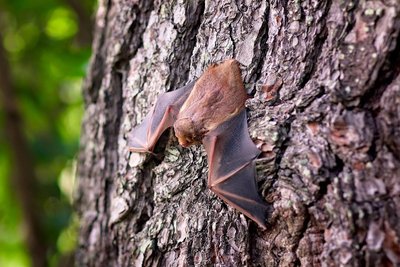
@Asters-CEN74  Fauna
FaunaThe Bat
Bats, often little-known and sometimes disliked despite their unassuming nature, play an essential ecological role. They help maintain the balance of ecosystems by regulating insect populations, ensuring pollination and assisting seed dispersal. In France, there are 34 species of bats, some of which are common, such as the Common Pipistrelle and the Common Serotine, while others, like the Long-fingered bat, are rare and more isolated. These fascinating creatures use echolocation: they emit ultrasound to hunt, enabling them to detect the position and size of their prey based on the returning echo. However, bats face many challenges, including the decline in biodiversity due to climate change and the use of pesticides, which is adversely affecting their prey, insectivores. Habitat destruction, light pollution and road collisions are also serious threats. Taking all bat species together, bats in mainland France have declined by 38% in 10 years (according to the Office National de la Biodiversité index). To find out more, visit the Vigie-Chiro website.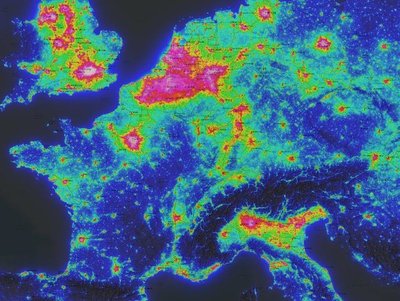
@AlainBrenac  Fauna
FaunaLight pollution
Light pollution caused by both public and private lampposts in France limits the visibility of the brightest stars, making it difficult for 80% of the population to observe the sky at night. Night-time lighting seriously disrupts the balance of ecosystems, altering the behaviour, interactions and habitats of several nocturnal species: - Altering predator-prey interactions: hunting mechanisms are disrupted and many insects die of exhaustion, as they are attracted by the light. - Collision with illuminated buildings: Migrating birds are often disorientated by urban lights and can collide with illuminated buildings. - Displacement of species: If species migrate because they are being disturbed for whatever reason, this leads to fragmentation of populations and a loss of genetic diversity. - Disruption of natural rhythms: Activity, reproduction and migration cycles are all altered. This can have serious consequences for the survival of certain species. Shortening the length and intensity of lighting hours is a good start to taking action to protect wildlife and biodiversity.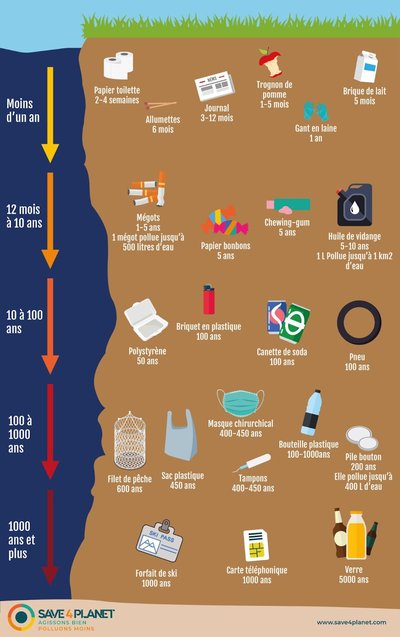
@save4planet  Fauna
FaunaDon’t leave the rubbish on its own!
In the mountains, litter takes a very long time to decompose. Wildlife can eat it, and micro-organisms in the soil can be affected by the chemical compounds it contains, all during the many years that rubbish takes to decompose. To prevent animals from ingesting harmful substances, let's take all our rubbish with us, even toilet paper and apple cores! Let's adopt certain habits: - All rubbish (even biodegradable rubbish) should be taken home with you in your bag. - Pick up any rubbish you may come across
Description
From the Gros Tilleul (Big Lime) Place (planted in 1438), walk between the church and the Mairie (town hall), then turn right behind the Ecuries du Château, then left, where you'll see a signpost. After crossing a private estate and skirting the wall of the Botanical Gardens, head for the road, passing through a farmhouse. Follow the vehicular road to the left as far as the "Croix des Plaignes", then pick up the path on your right, then take another right onto a shaded path winding along a pretty stone wall. After a few sharp turns in the forest, you arrive at La Grangiat on a wide path. Turn right, below, onto a path that climbs towards Chantemerle via the Pierre de Dinat (the loop in this direction avoids some tricky sections on the descent near the Pierre de Dinat). As an alternative, you can make a return trip via Les Combes. Once you've reached the famous Pierre de Dinat, turn left down a recently-built path, then turn left again towards "Chantemerle". Take your time to look back at the Pic de la Bourgeoise and the chapel (1684). Return to Samoëns via Les Combes hamlet.
- Departure : Place du gros tilleul, Mairie (Town Hall) of Samoëns
- Arrival : Place du gros tilleul, Mairie (Town Hall) of Samoens
- Towns crossed : Samoëns
Altimetric profile
Recommandations
Beware of the direction you take on this loop trail: the descent through de la pierre de Dinat forest contains some tricky sections. These sections are easier to overcome by taking the ascending direction, rather than descending! Always be careful and plan ahead when hiking. Asters, CEN 74 can not be held responsible for the occurrence of any accident or incident on this trail.
Transport
Montagne du Giffre bus and shuttle bus in Samoens : ici
Access and parking
Parking :
Veau Gras parking area, 121 Av. du Fer À Cheval, 74340 Samoëns
Report a problem or an error
If you have found an error on this page or if you have noticed any problems during your hike, please report them to us here:
